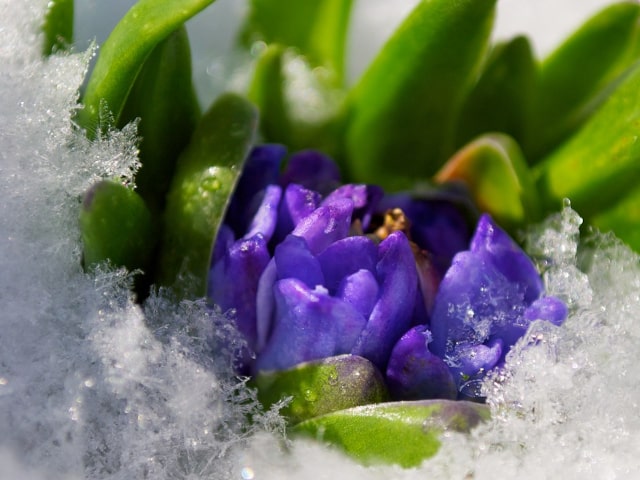
It's always great to add some color to your home during winter months. To make your house beautifully decorated, plant some colorful winter bulbs. They can be grown in pots very successfully and they produce rich, beautiful flowers.
Some of the best winter bulbs to be grown in homes are:
Veltheimia
This plant is unusual but very beautiful. Even when it's not flowering this plant has beautiful rosettes of waxy green leaves that are very decorative.
Velthemia has tubular flowers standing on 12-18 inch stems. They are rich lavender-pink and have chartruse markings. If they receive strong light, the colors will develop a deep hue. To make the flowers last several weeks, it's best to take them out of direct sunlight.
This plant prefers a well-drained soil mix. Therefore, it's best to place the soil mix on top of a drainage layer of pebbles or gravel.
It's best to plant the bulbs singly in 5 or 6 inch pots. Make sure that at least half of the each bulb is above the soil. Place the bulbs in a cool room. Remember: the cooler the temperature, the richer the foliage of your plant will be. If it's too hot the leaves can become soft and floppy.
After the flowers have faded, continue to water and feed your plant regularly until the leaves die down naturally. After this, let the soil dry out. Next year, around May, set the pot outdoors, preferably under a tree and leave it there during summer. The bulb will grow in fall and it will be ready to produce new blooms.
Amaryllis
The Amaryllis are very suitable to be grown indoors because it's very easy to force them into bloom. Bulbs are usually started during late November and December, but they can easily grow in January or February.
The bulbs should be kept indoors and, with proper care, they can flower 6 to 9 weeks after planting. Sometimes, they will even flower as late as June.
You should water your plants thoroughly and place the pot where it will get enough light but make sure it's not direct, bright sunlight. Keep the plant there until the flower bud emerges. Make sure that the soil is moist but don't allow to get soggy or it will decay and you will lose the bulb. Roots will begin to develop as soon as the plants are well-established.
When the flower bud appears you should move the plant into direct sunlight. It will thrive there and develop rich textured blooms on stout stems.
It's important to turn the pot frequently to prevent the stems to lean toward the light. For long-lasting flowers, it's best to take the blooming plant out of the sun. After the blossoms have faded, cut off the stems where they join the neck of the bulb.
If you wish your Amaryllis to flower in the following year, you must encourage the growth of the straplike foliage by watering the plants regularly. You should also feed them every two weeks. In early fall, it's best to give the plants a two months rest.
Some of the Amaryllis types are evergreen, so if the leaves don't show signs of dying down naturally you can keep them growing indefinitely.
Sprekelia
Sprekelia formossisima (the Jacobean lily) is another member of the Amaryllis family. Same goes for haemanthus, the blood lily. They are grown in the same way as the amaryllis.
Clivia
Clivia is yet another Amaryllis relative, but it requires a slightly different care. When it's in the active growth and about to produce flowers, it's important to provide it with plenty of water. It responds well to bi-weekly feedings of liquid food.
This plant has 3-foot glossy leaves that are decorative throughout the whole year. The flowering usually occurs in January or February. After flowering, it's best to water moderately. During summer, sink the pot up to the rim in the garden.
It's natural for this plant to have the roots creeping to the surface, so there's no need to replant clivia until they crack the pot.
Nerine
Nerine lily is another relative of the Amaryllis. It is planted in August to have beautiful autumn blooms.
Calla lilies
These are popular plants that are very easy to grow in rich soil. You can start them indoors in pots or other containers during October or November. To speed up their bloom, you should keep the soil moistened with warm water. It's also good to feed them with liquid food every two weeks.
Other Bulbs
Apart from these 6 bulbs, you may also choose some others to grow in your window. Some good candidates for your indoor garden are allium, alstroemeria, bessera, gladiolus, ixia, and lapeirousia. These require a bit more effort but it's all worth it because they produce very beautiful, rich and colorful flowers.
Photo credit: Derek Gavey
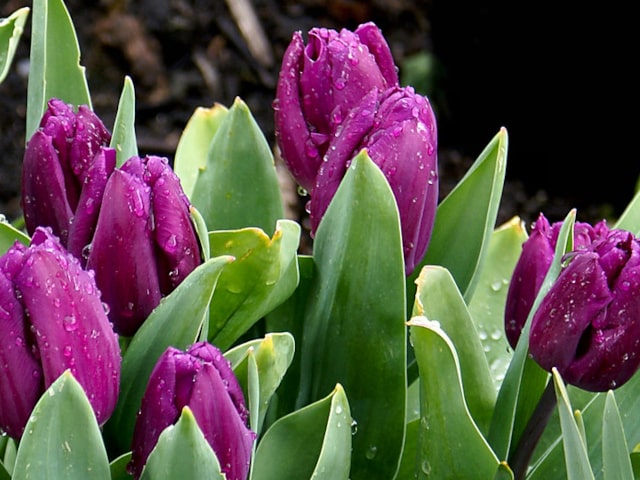
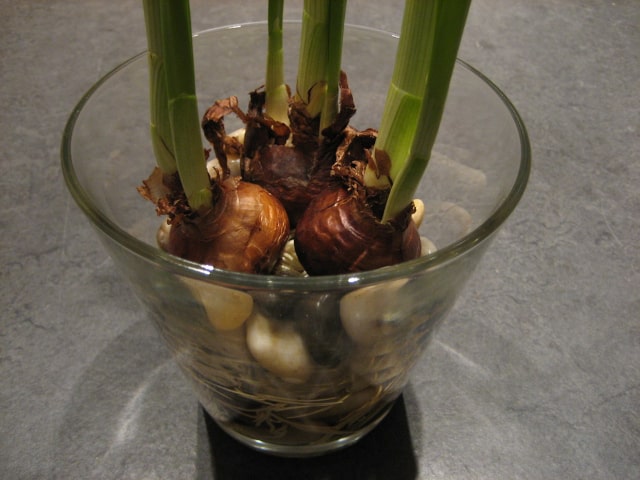
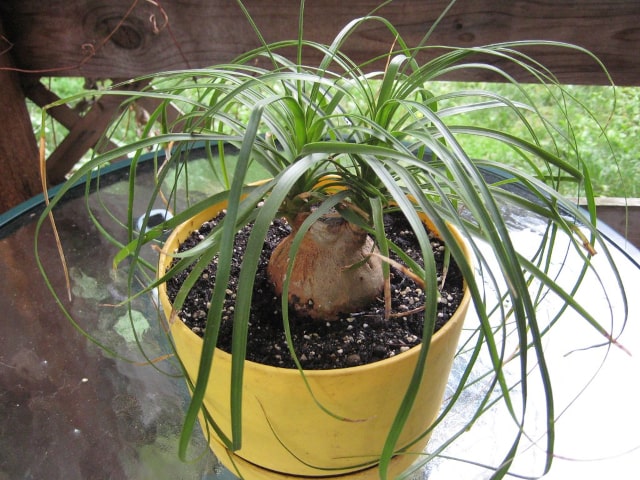
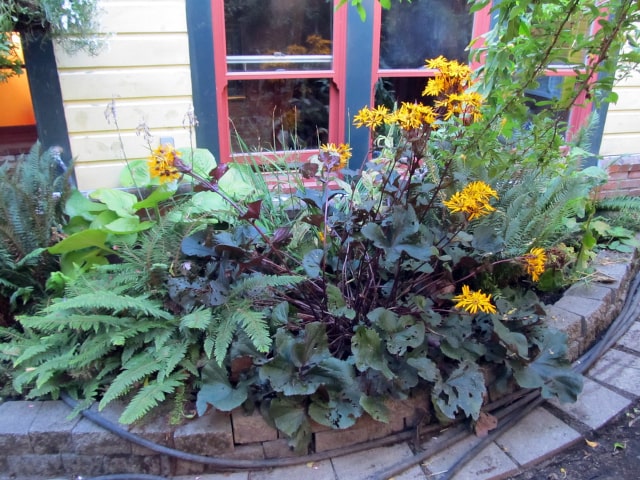
0 Comments